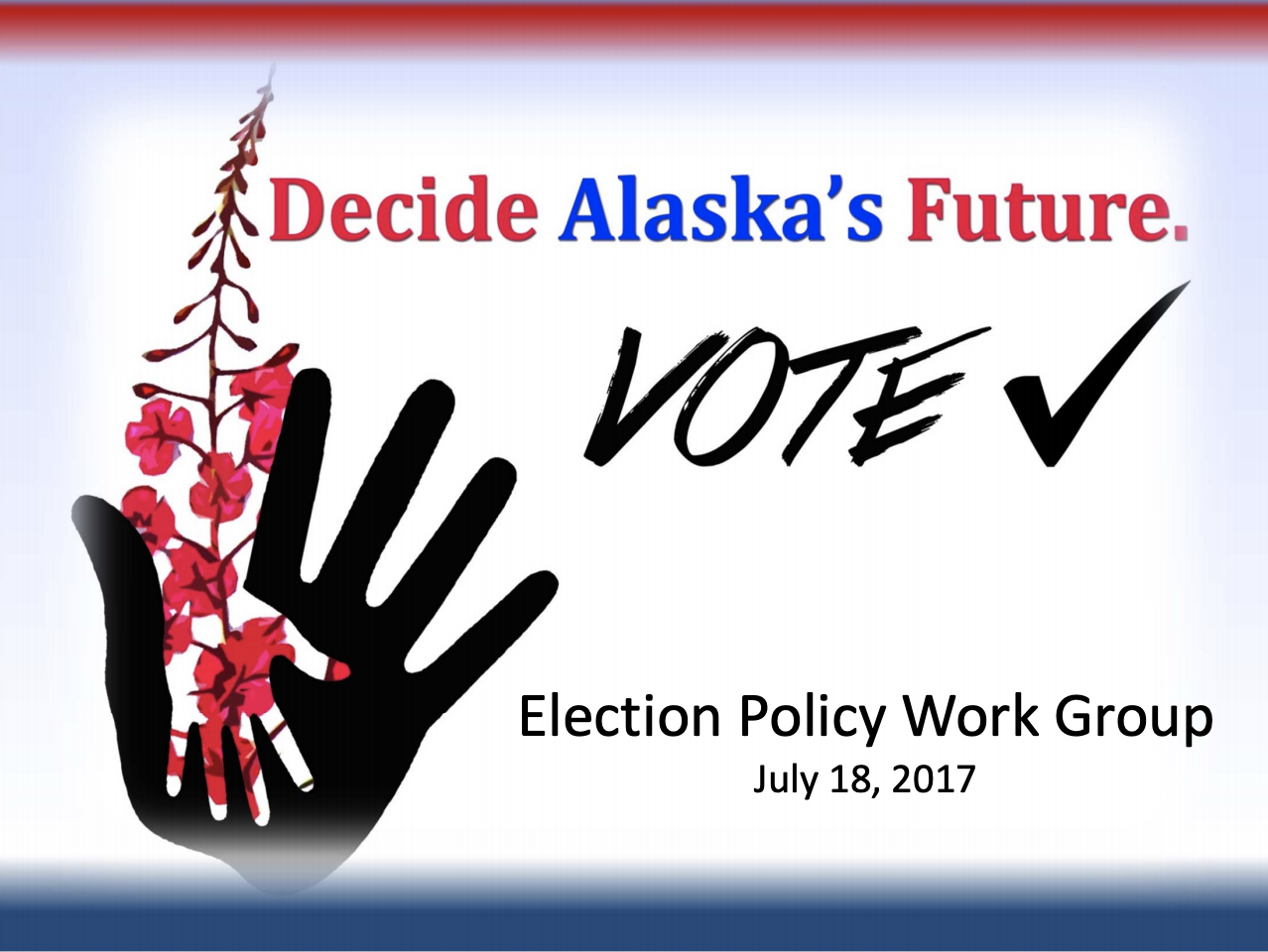Research on the effects of prepaid postage on voter participation in Switzerland found a modest increase in turnout between 1.1 and 1.3 percentage points.
Survey of State Cost Savings
Alaska’s Election Policy Work Group compiled research regarding five star vote-by-mail systems, including a survey of cost savings across a number of states
Investing 85 Cents per Voter to Increase Voter Turnout by 4 Percent
In this paper that examines the effects of prepaid postage on voter turnout in the Swiss Canton of Berne, researchers find that prepaid postage is associated with a statistically significant 1.8 percentage point increase in voter turnout. Overall, this amounts to 4 percent more voters participating.
Colorado Voting Reforms: Early Results
Significant changes to Colorado election law necessitated an overhaul of the state’s voting process. The Voter Access and Modernized Elections Act of 2013 mandated that mail ballots be sent to every registered voter for most elections; eliminated assigned polling places while establishing voter service and polling centers where any voter in a county can cast a ballot—either early or on Election Day; authorized in person same-day registration; and shortened the state residency requirements for voter registration.
The Pew Charitable Trusts funded research on the impact of these changes, and although study of future elections is needed to better evaluate the effects, initial findings include:
- Costs decreased by an average of 40 percent in five election administration-related categories. The 46 (of 64) counties with data available spent about $9.56 per vote in the 2014 general election, compared with nearly $16 in 2008.1
- The use of provisional ballots declined nearly 98 percent. In the 2010 general election, voters in the state cast 39,361 provisional ballots. In 2014, that number dropped to 981.
- Nearly two-thirds of voters in the 2014 general election said they returned their ballots in person, rather than by mail. Of these voters, almost 80 percent said it took them less than 10 minutes to get to a designated location, usually a drop box.




